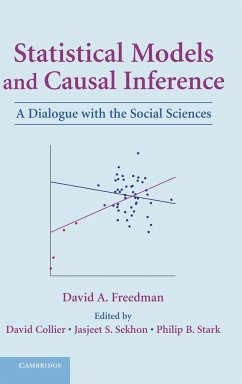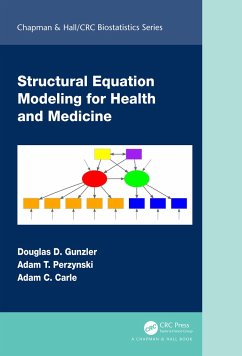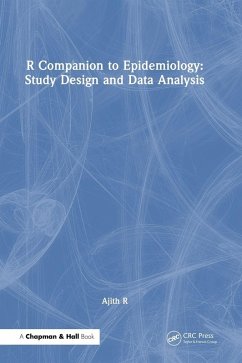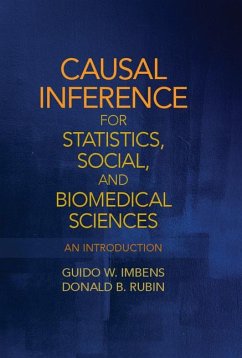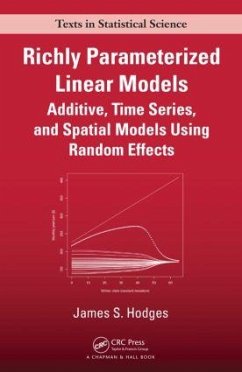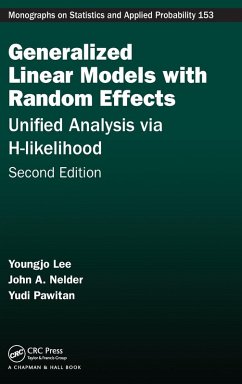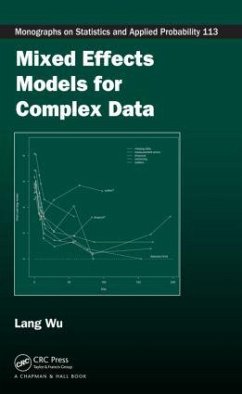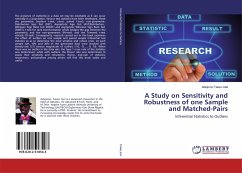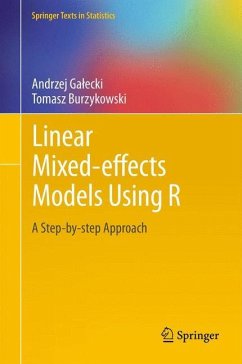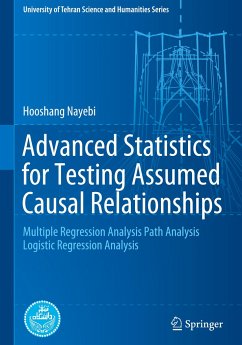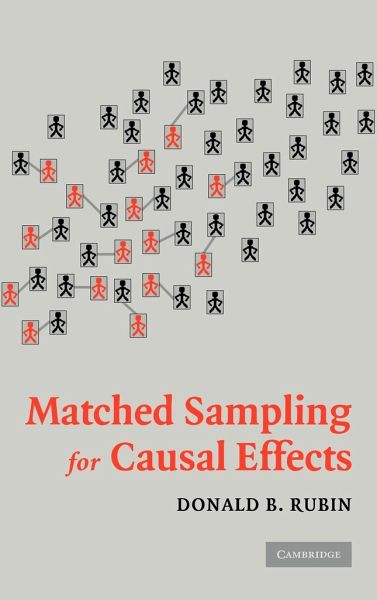
Matched Sampling for Causal Effects

PAYBACK Punkte
47 °P sammeln!
Matched sampling is often used to help assess the causal effect of some exposure or intervention, typically when randomized experiments are not available or cannot be conducted. This book presents a selection of Donald B. Rubin's research articles on matched sampling, from the early 1970s, when the author was one of the major researchers involved in establishing the field, to recent contributions to this now extremely active area. The articles include fundamental theoretical studies that have become classics, important extensions, and real applications that range from breast cancer treatments ...
Matched sampling is often used to help assess the causal effect of some exposure or intervention, typically when randomized experiments are not available or cannot be conducted. This book presents a selection of Donald B. Rubin's research articles on matched sampling, from the early 1970s, when the author was one of the major researchers involved in establishing the field, to recent contributions to this now extremely active area. The articles include fundamental theoretical studies that have become classics, important extensions, and real applications that range from breast cancer treatments to tobacco litigation to studies of criminal tendencies. They are organized into seven parts, each with an introduction by the author that provides historical and personal context and discusses the relevance of the work today. A concluding essay offers advice to investigators designing observational studies. The book provides an accessible introduction to the study of matched sampling and will be an indispensable reference for students and researchers.





